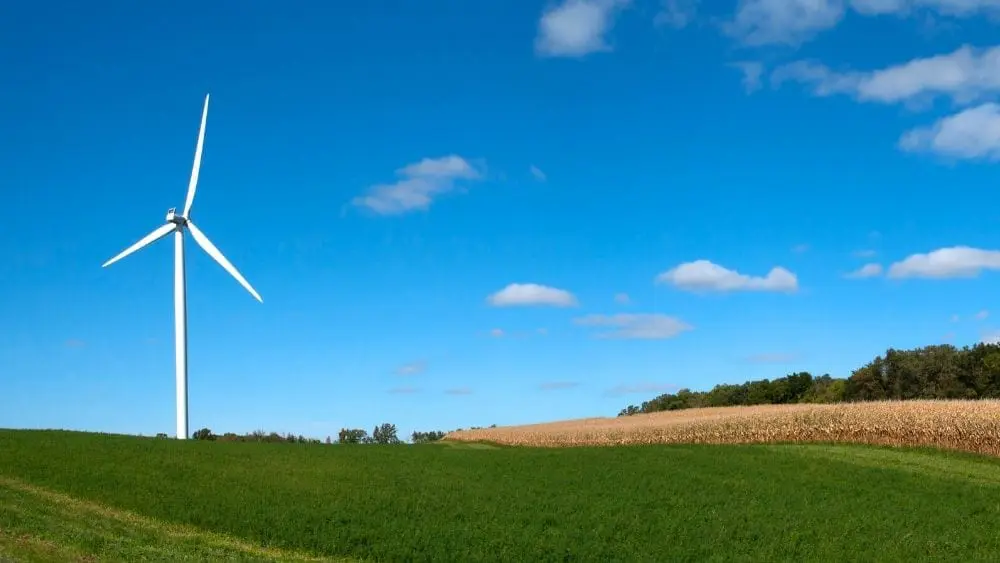
When Joseph Emerson went on a Green and Solar home tour in Bend, Ore., in 2010, he was shocked to find out that the homes featured on the tour were not very energy efficient at all, yet still considered “green.”
“(We) decided then and there to build a genuinely energy-efficient home,” says Emerson, founder of the Zero Energy Project, a non-profit that supports the development of zero net energy homes, buildings and lifestyles in the United States. After consulting with a builder, Emerson built his first zero-energy home and hasn’t looked back.
Also known as net-zero homes, these climate-friendly homes generate as much renewable energy as they consume over the course of a year, leaving homeowners with a net-zero bill.
Zero energy homes reduce overall energy use through extremely efficient HVAC and lighting technology along with well-insulated, air-tight construction. Most zero energy homes generate their own energy by harnessing solar and wind power and use the electric grid for storage.
Fighting Climate Change
In the United States and European Union, buildings account for 40 percent of the total fossil fuel energy used.
If you’re worried that choosing a zero energy home might limit you geographically, rest assured that zero energy homes are found all over the United States. “Zero energy homes can be built from Maine to Florida, from Minnesota to Southern California – there is no geographical limitation,” says Emerson.
He mentioned that even in situations where the building does not have solar access, zero energy ready homes can be built.
Style and Execution
“Achieving a zero energy home takes a lot of care and attention from a builder, which is difficult to do in larger scale projects – it requires paying close attention to air sealing and insulation coverage, as well as the ability to maintain indoor air quality,” says Ryan Thewes, an architect based in Nashville, Tenn.
Because zero energy homes are built to exacting standards, their airtight walls and incredibly energy-efficient fresh air systems reduce or eliminate outside pollutants and allergens in your home. You and your family can breathe easily, knowing that you’re not only helping the environment, but improving your health.
Another perk of such a well-insulated home is the peace and quiet. With triple-pane windows and well-insulated walls, your zero energy home is a peaceful oasis from outside noise. “People really appreciate the comfort, the fresh filtered air, the reduction in allergens, the reduction in dust and the added quiet of their homes,” Emerson says.
Changing Norms
As traditional energy costs rise and alternative energy costs decrease, experts expect zero energy homes to increase in popularity.
According to Emerson, “(The zero energy movement) started with a few dedicated and innovative builders and designers building individual zero energy homes … now, there are developers building zero energy housing developments, zero energy apartments and zero energy commercial buildings.”
With a greater number of homeowners choosing to build zero energy homes, designers are creating innovative new products to make zero energy design more appealing. Many zero energy homes rely on solar energy, but not all homebuyers like the look of solar panels mounted on their roof.
Oliver Koehler, CEO and founder of SunTegra, created solar shingles and tiles in order to address buyer’s concerns. “SunTegra offers [zero energy] home builders the ability to save on roofing material, while turning the roof into a power-producing asset,” says Koehler.
As zero energy homes become more popular, expect more innovators like Koehler and even Tesla to offer unique solutions.
Energy Efficient and Cost Effective
“One suggested limitation to a zero energy home is that they may cost from 5 percent to 10 percent more than a standard home built to code,” says Emerson.
Although the high-performance energy efficient features in a zero energy home are slightly more expensive initially, zero energy homes cost less to own. In a standard home, heating and cooling systems are responsible for the bulk of energy costs. Beside a small monthly hook-up fee, a zero energy home has no energy bills.
“The best call that I received was from a client that hooked up their solar panels and after two months of use, called me to tell me that not only had they covered their energy use, but sold an excess of $300 back to the grid,” says Thewes.
For homeowners who choose to build a zero energy home, the additional mortgage cost is less than the savings from not having an energy bill. Combine that savings with an environmentally friendly, energy-efficient design and you might realize that a zero-energy home is, in fact, your dream home.
Seve Kale is an award-winning freelancer writer and former content intern for NewHomeSource. She graduated from the University of Texas at Austin in December 2013 with a degree in Government, Humanities and Spanish.
Prior to working with NewHomeSource, she interned in the Press Section at the U.S. Embassy in Buenos Aires and traveled extensively throughout South America
 How to Use New Common Items in the Homeowner’s Toolbox
How to Use New Common Items in the Homeowner’s Toolbox